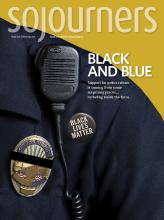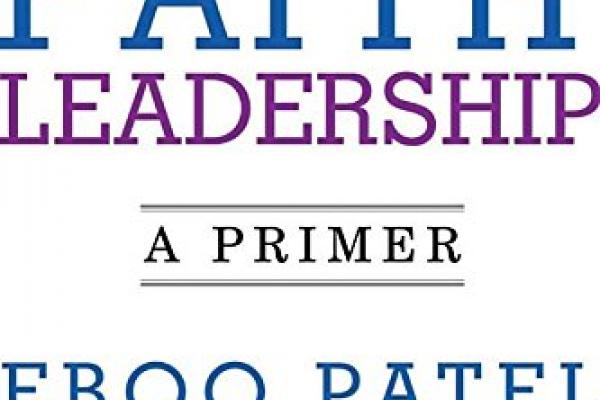“WE CAN'T PUT cheese on all of the hamburgers for dinner, and can you please say ‘Dear God’ not ‘Dear Jesus’ when you pray?” These were instructions I gave to my dad before a birthday party in elementary school, worried that my new Jewish friends would not feel comfortable in our Christian home. Because I grew up in a religiously diverse area, I was cognizant of differences in religious practice before I knew the beliefs behind my own Christian rituals.
This is how my journey of interfaith learning and leadership began: by inviting my friends from school over to play and making sure they had something to eat. In his book Interfaith Leadership, Eboo Patel defines interfaith experiences as those “where people with diverse faiths interact, and their faith identities are somehow involved.” We weren’t just religiously diverse students sitting next to each other at school sharing our crayons—we were in each other’s homes, and that meant our faith identities were exposed and explored.
Interfaith Leadership outlines three questions that come up in interactions with people different from you: Who am I? Who are you? How do we relate to each other? Through stories of his experiences and those of friends from different faiths, Patel, founder of Interfaith Youth Core and a Sojourners columnist, shows us the process of becoming an interfaith leader who builds bridges and strengthens communities. He explains theories behind interfaith work in a way that is easy to understand, applying them directly to daily interactions and conflicts. For a short primer, Interfaith Leadership could be the most helpful tool for anyone striving to develop “positive, constructive, warm, caring, cooperative engagement” (aka “relationship”) with others.
Read the Full Article

